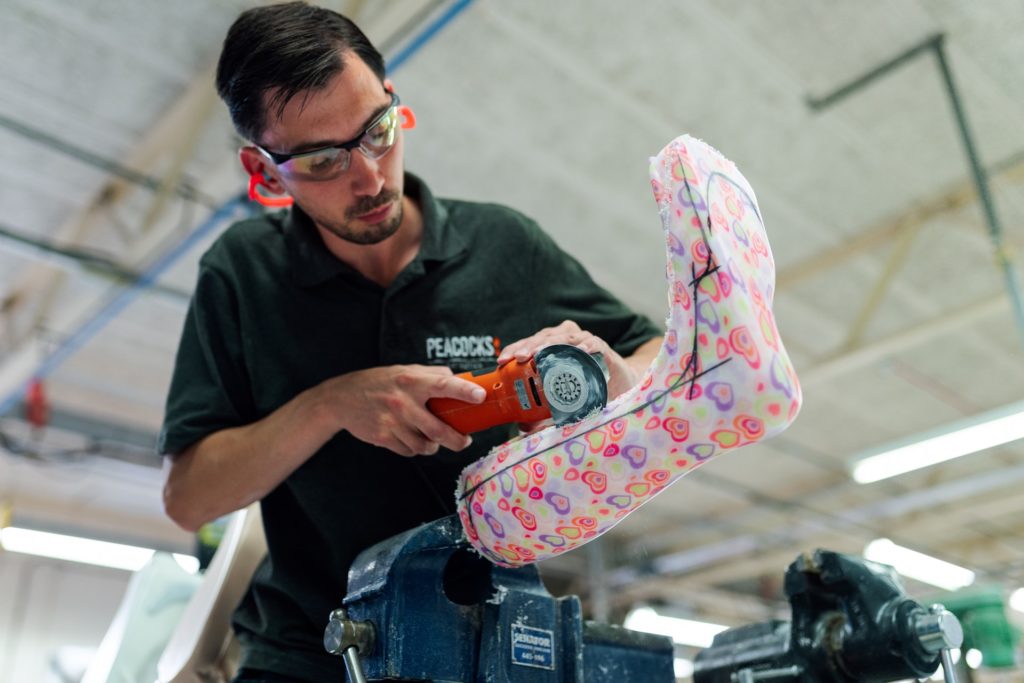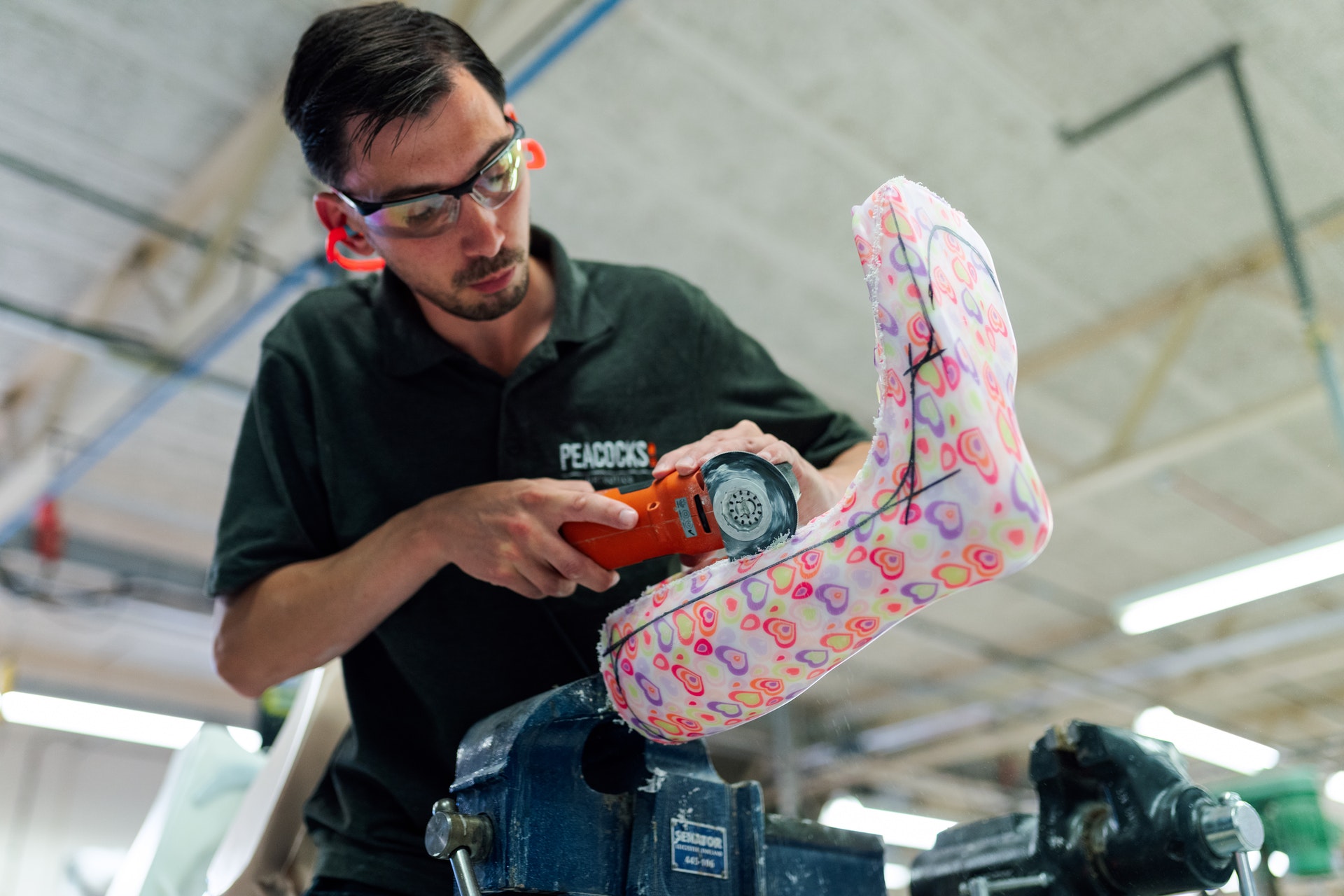
Body + Mind is reader-supported. We may earn an affiliate commission when you buy through some of the links on our site.

You’re running up that hill when shooting pain in your right heel brings you to a dead stop. What fresh new agony is this?
The culprit could be achilles tendonitis, a condition that lays countless athletes low each year. What causes this condition, and how can you prevent it?
Achilles tendonitis refers to painful inflammation of the achilles tendon, which runs along the back of your heel and connects your calf muscles. This condition is common among runners, especially when they suddenly up their mileage or training intensity. It also occurs frequently among athletes who often twist and turn during their sports, like basketball and soccer players.
Fortunately, this condition heals up independently with self-care in many cases. However, leaving it untreated and trying to push through the pain can lead to a rupture that requires surgery to fix. It’s far wiser to spend a few days taking the rest you need than sitting on the bench for months as you recover from the scalpel.
Achilles tendonitis comes in two forms, insertional and noninsertional:
Consider achilles tendonitis a possible cause if you experience the following symptoms:
Fortunately, you can treat most cases of achilles tendonitis at home, although if the pain becomes severe or lasts longer than a week or so, you should seek medical attention. Most experts recommend using the RICE method for acute injuries — rest, ice, compression and elevation.
You should avoid strenuous activities like running when you can do them again pain-free. If you have severe pain, you may need to invest in a brace to help stabilize your ankle as you go about your daily activities.
Professional treatments for achilles tendonitis include the following:
When it comes to your health, prevention is always the best medicine. If you want to keep from getting achilles tendonitis, please take the following measures to protect yourself.
Yes, running shoes are rather ridiculously expensive, but your favorite hobby deserves the proper gear. If you want to keep your healthy habit for a lifetime, you should replace your dog covers every 300 to 500 miles.
If you were a couch potato for much of the 2020 shutdowns, please don’t try to run a marathon the first time you head out after isolation. If you want to prevent achilles tendonitis, you need to increase your workout intensity and regime gradually. Remember the story of the tortoise and the hare. Slow and steady wins the race.
Yes, you love to run, but it shouldn’t be your entire life. Cross-training by adding cardio dance or swimming into your workout routine helps strengthen those muscles you don’t use during your principal activity, lending more support to the tendon.
Performing exercises like standing and seated calf raises can strengthen this tendon. Gentle stretching helps to relieve tightness caused by physical activity and keep it pliable.
Achilles tendonitis often occurs due to overuse. Learn to listen to your body — remember, pain is your signal that something is amiss. Instead of trying to push through a 5-mile run, stop after two if your heel starts to ache.
Achilles tendonitis can take all the fun out of your athletic routine. Now that you know the causes of this condition, please prevent it using the tips above.
Your email address will only be used to send you our newsletter, and at any time you may unsubscribe. For more information, see our Privacy Policy.